The Mysterious Deep Sea
Nobody knows what the depths of the oceans hide. Many times, the pressure or the presence of chemicals in the deepest levels of the sea make it impossible for divers to reach certain depths. Sometimes, these conditions make it impossible for any type of life to flourish there.
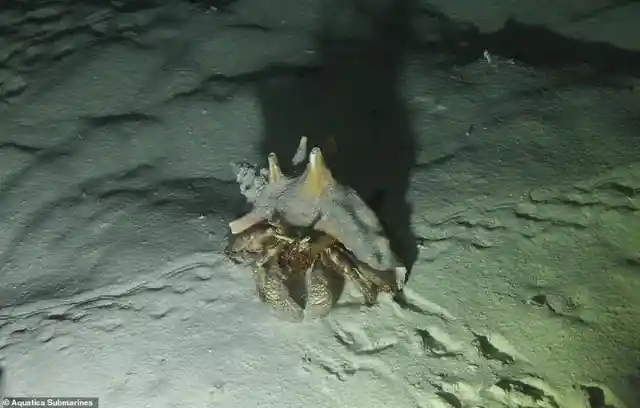
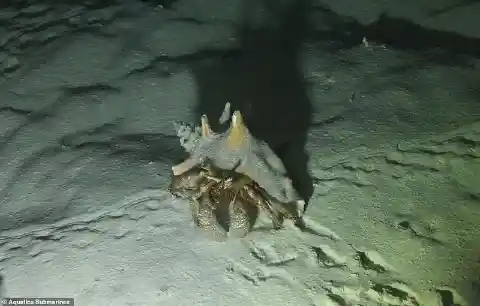
But sometimes, a team of explorers gets lucky enough to reach depths never reached before. And what they see there can be shocking enough to make them regret ever daring to get down there.
The Great Blue Hole
The Great Blue Hole is a giant marine sinkhole off the coast of Belize. A sinkhole is a hole or cavern in the ground caused by some type of collapse in the surface layer; when the Great Blue Hole was formed, about, the sea was far away from it. But as the ocean began to rise again, the cave was flooded.
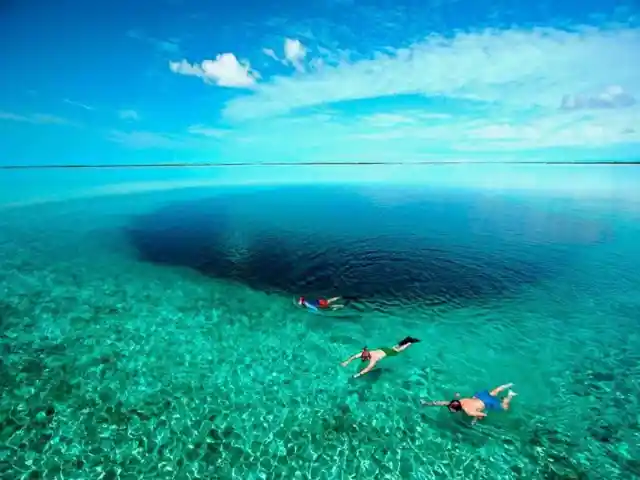
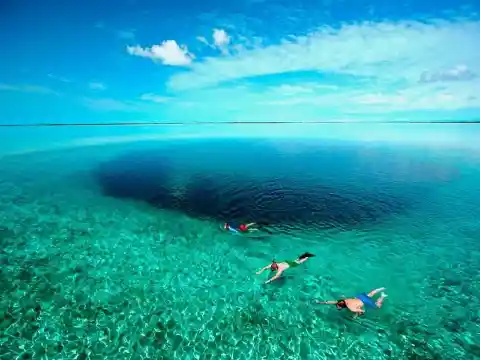
After it was discovered, it was declared one of the best scuba diving sites in the world. But there was something about it that made it a rather mysterious place.
It Was An Unexplored Cave
No one had ever explored the deepest levels of the hole. The whole area was unmapped, so nobody knew what it looked like. Nobody knew what type of life forms could be found down there either.
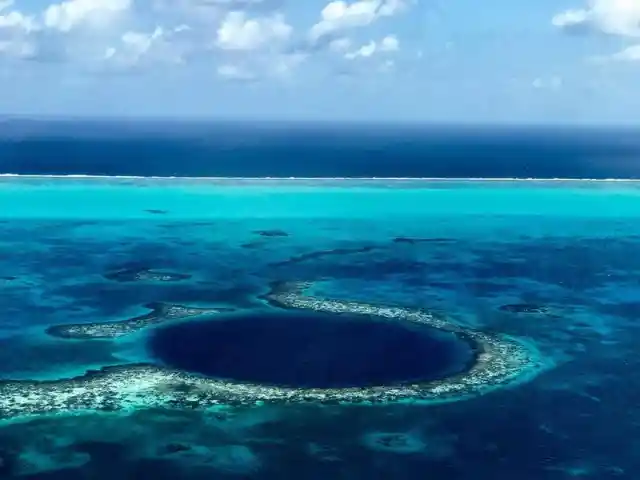
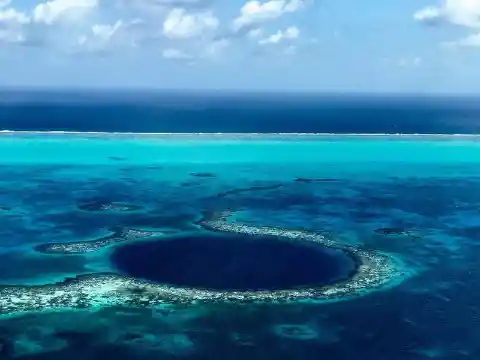
And there was a fact about those depths that were even eerier: three divers had disappeared while venturing into the cave. The causes for their disappearance were unknown.
A Risky Mission
But recently, one team of explorers decided to find out what could there be in the deepest levels of the cave.
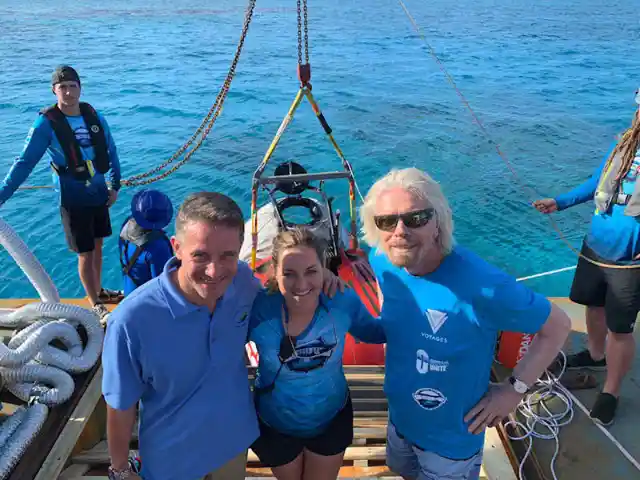
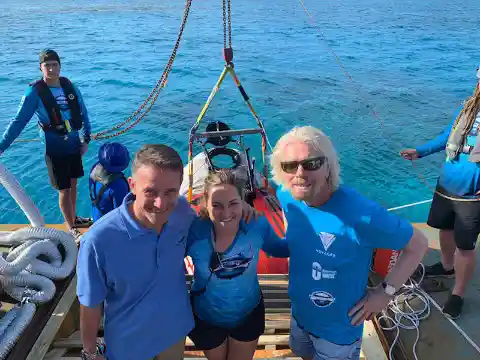
It was a very risky mission, but the team was composed of expert divers and explorers moved by their passion for one goal: to find out what the most enigmatic depths of the ocean conceal.
The Reason Behind Their Passion
The team was coordinated by a millionaire from the Virgin islands named Richard Branson. It also included Fabien Cousteau, the grandson of the man who originally discovered the Great Blue Hole.
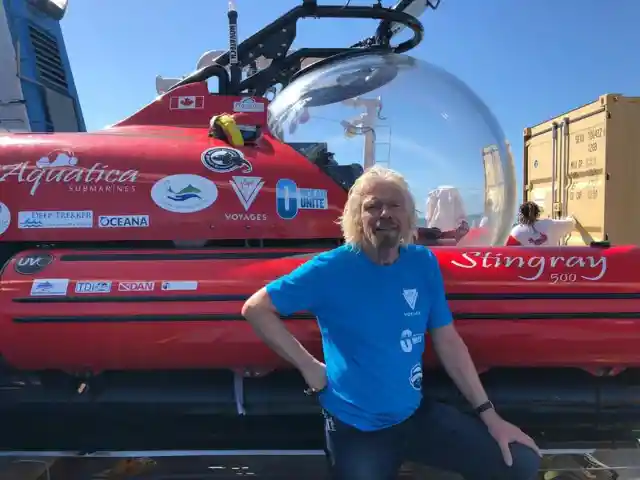
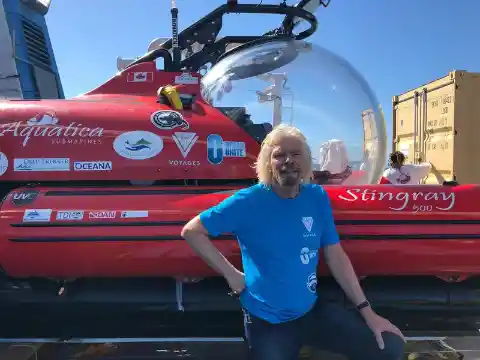
Fabien was moved not only by scientific curiosity; he also felt like reaching the depths of the Blue Hole and coming back with new findings would be the greatest homage he could pay to his grandfather. But he didn’t expect the horror that fulfilling his goal would bring with it.
The Exploration Begins
The team had a submarine to get to the bottom of the hole. Once there, their goal was to release one diver. They wanted to get a more detailed perspective of what was on the floor of the cave; it would also make exploring narrow cavities easier.
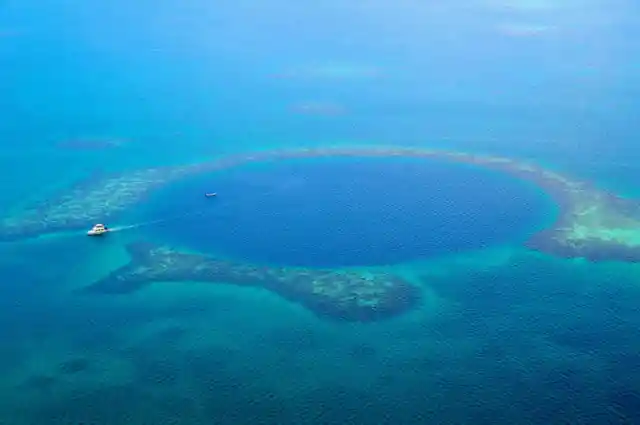
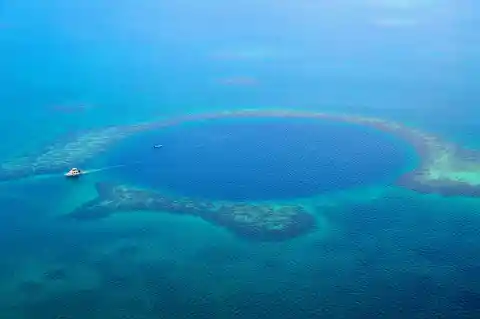
But there was one thing that they were unprepared for: they didn’t know that their curiosity would lead them to a terrifying surprise.
What Did They Find?
But when the submarine started going down into the hall, the whole team was excited. After all, they were about to venture into depths that no human being had ever studied before.
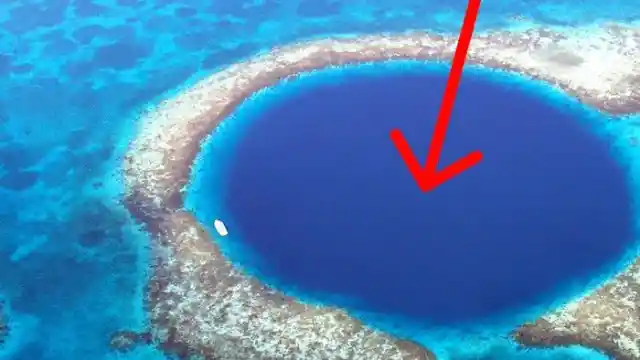
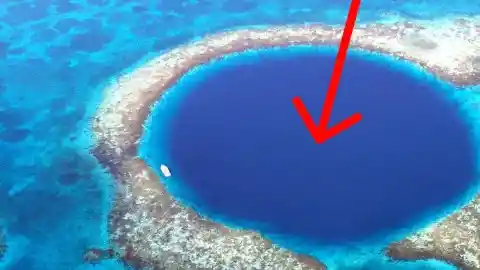
They couldn’t wait to reach the bottom of the Great Blue Hole. Their minds were on fire wondering about what they would find there.
They Started Approaching The Bottom…
Firstly, they just found what could easily be found anywhere near the coast: turtles, seaweed, corals, and the like. However, the interesting stuff was expected to be found at deeper levels.
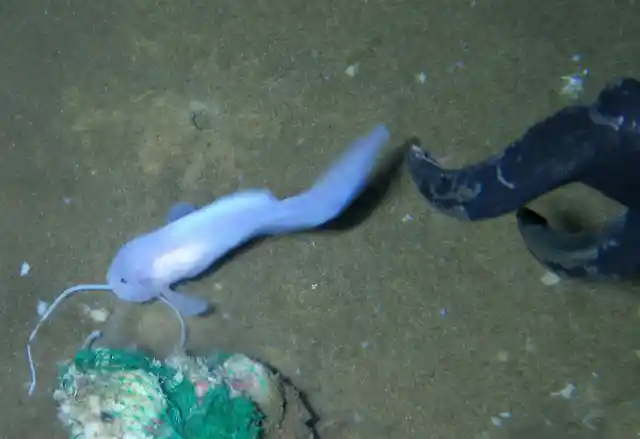
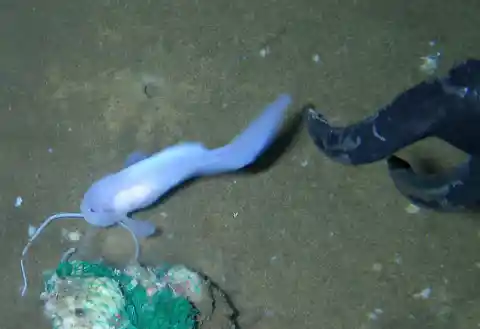
And that’s exactly what happened: as they approached the bottom of the cave, they found something special. Something that they knew would be a groundbreaking and unprecedented discovery.
A Big Layer Of Toxic Gas
Near the very bottom of the hole there was a big layer of toxic gas; hydrogen sulfide, to be specific. The presence of this gas in such abundance could only mean one thing: the bottom of the hole was completely devoid of oxygen. And that meant that it couldn’t host any life at all.
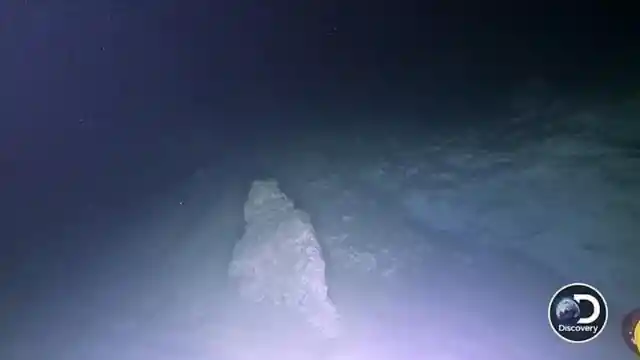
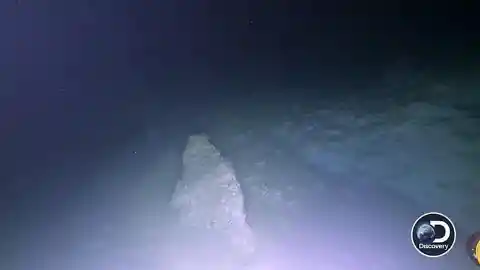
But one diver was released from the submarine to explore around. And what he reported when he came back was even more puzzling.
Strange Trails
He discovered some strange trails on the floor of the cave, beyond the layer of hydrogen sulfide. They seemed to have been made by some sort of living form. After seeing the photographs taken by the diver, the team had to agree that they indeed seemed like that.
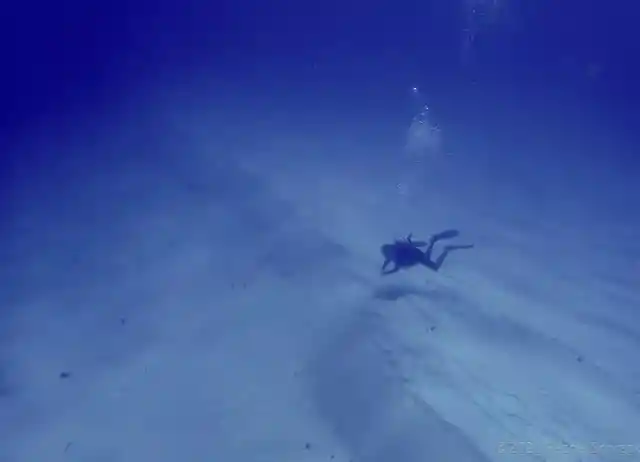
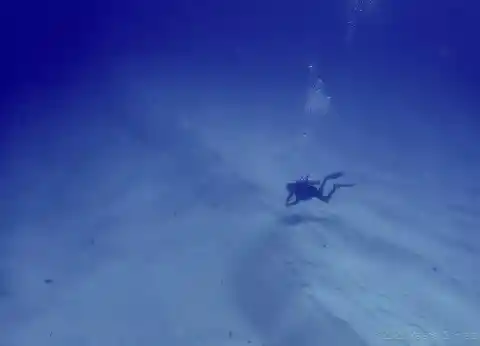
This left the expedition team absolutely astonished. But that wasn’t all.
What They Saw Was Unsettling
There was one more discovery reported by the diver, and it was a rather eerie one. He had found one GoPro and some diving equipment in one of the cavities of the floor.
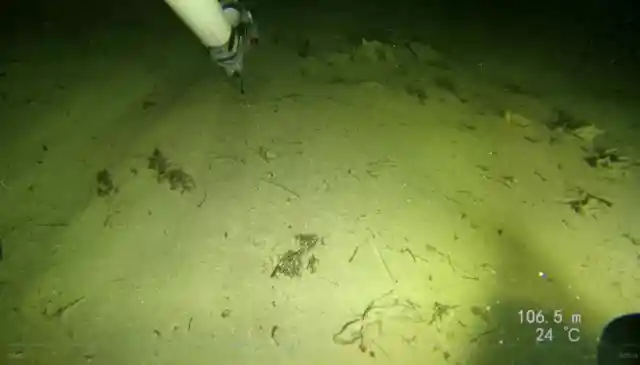
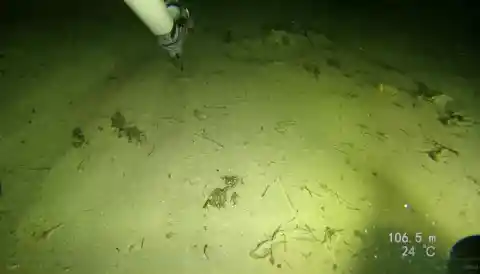
And after wandering around for a while, he had found something else: two dead human bodies, probably two of the three divers that had disappeared in the Hole. But what happened to the third one?
Where’s The Third Diver?
We may never know. The third body wasn’t found at all, and it’s unlikely that there will ever be any similar expedition in the future. The place is too dangerous for a diver to explore by himself; all future research will probably have to be conducted from a submarine.
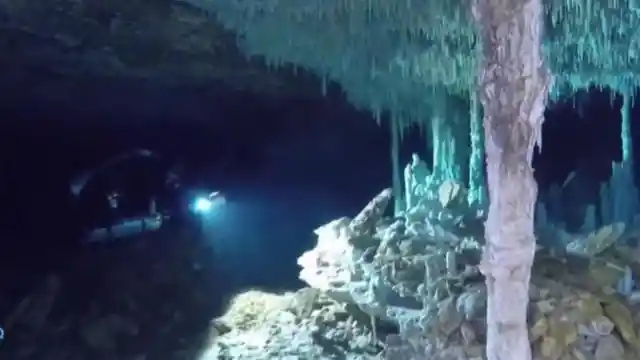
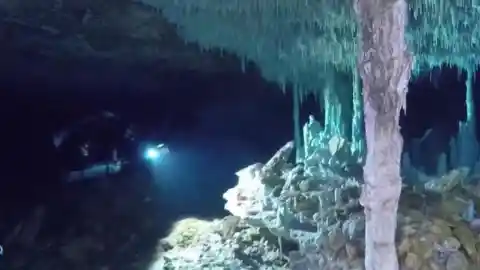
However, there were a few more interesting discoveries made by the team.
Their Scientific Discoveries
They discovered a type of stalactites never seen before on the bottom of the cave. They were a clue that the cave was even older than originally thought.
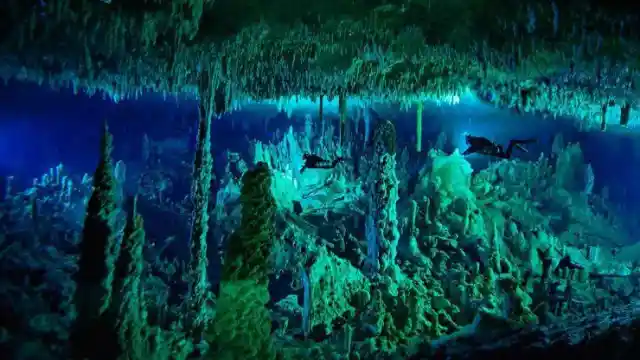
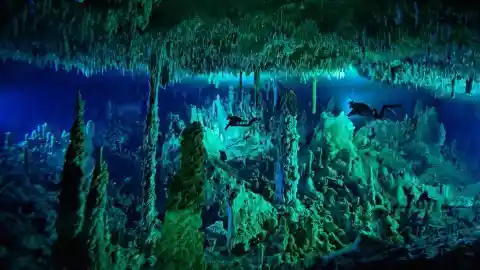
They also discovered many other geological particularities that might bring some light on how and when the cave was formed. The question of whether it had at some point hosted any form of life, however, remains unanswered.
One More Question
The mysterious tracks found on the floor of the hole also remain an enigma. "There were...these odd tracks, crisscrossing circles right around the center of the hole with no indication of what had made them," said one member of the exploration.
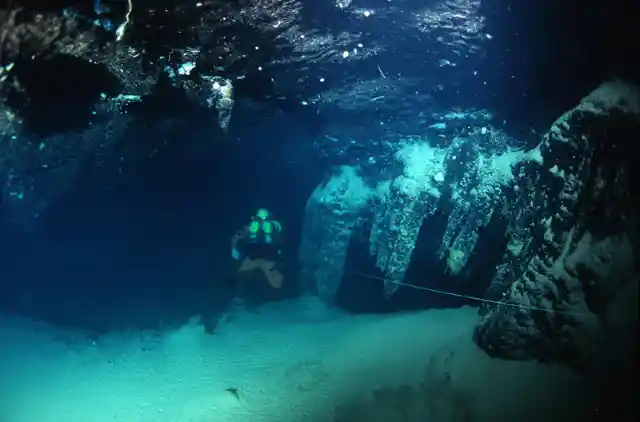
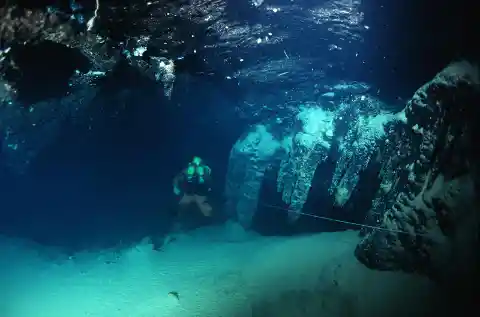
What about the bodies of the divers, though?
They Informed The Belize Government
Well, the exploration team informed the government of Belize of their discovery. “Mostly it was quiet and dark down there. We notified the local authorities, and everyone agreed to leave them undisturbed. They are at peace,” is what one of the members of the expedition told the press.
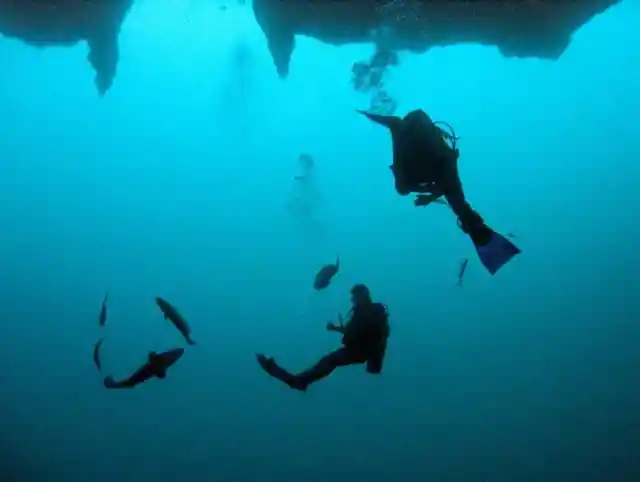
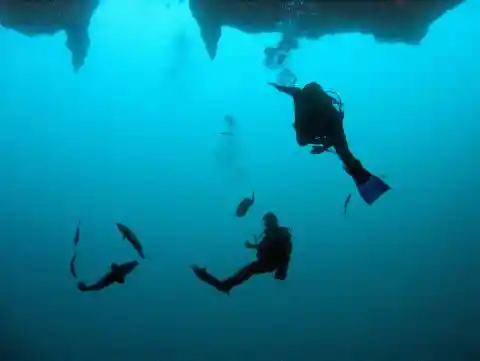
So a lot of questions, including the location of the third diver, remain unanswered. We may never know what goes on at the bottom of the oceans, but it is indeed a fascinating subject.